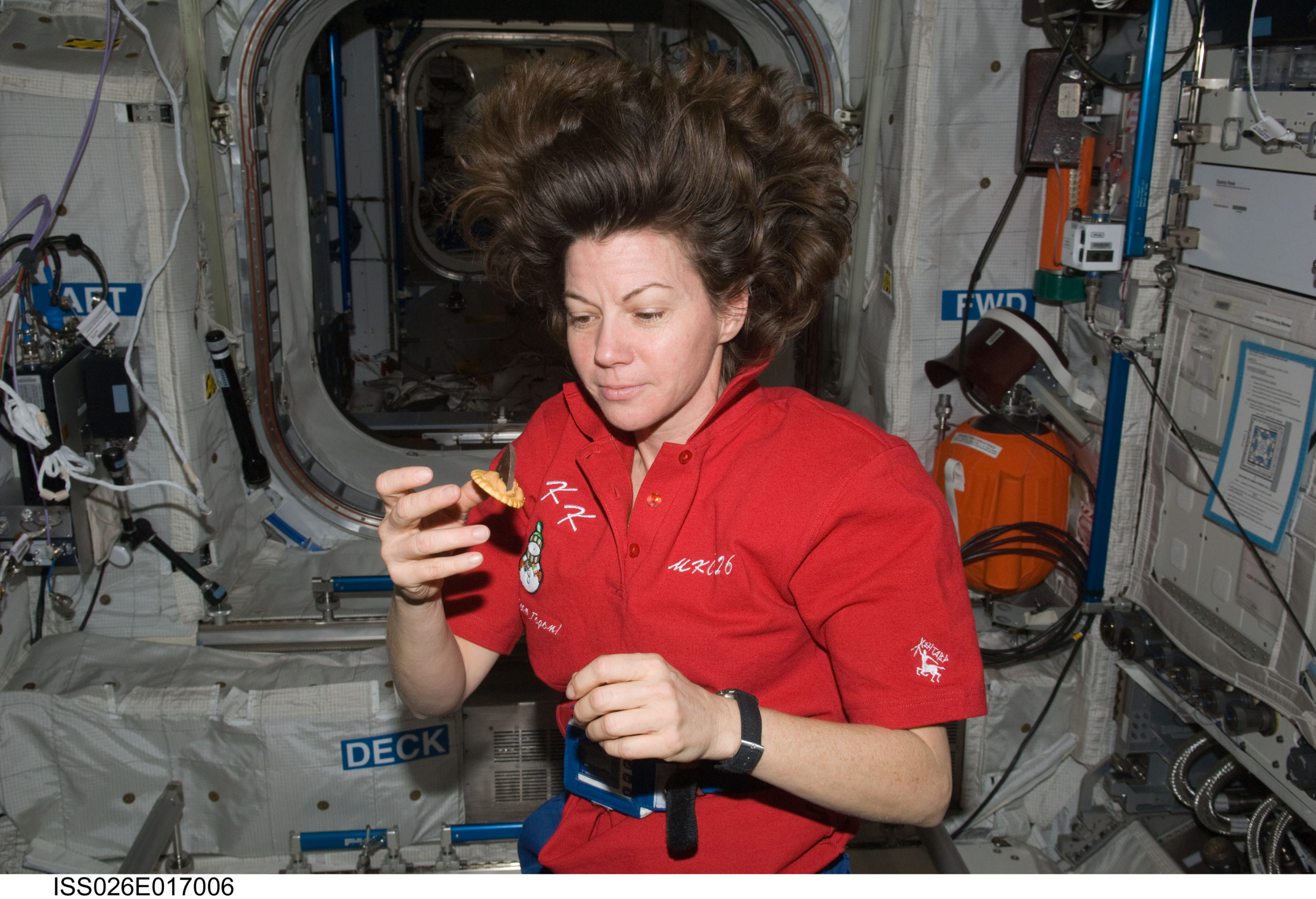When astronaut Cady Coleman lived on the International Space Station, she had fun with her hair. While living and working in zero gravity, she let her mid-length brown hair float freely above her head.
Here’s more of my story for Share America.
In the crew’s video tours for curious fans on Earth, Coleman pulled her weightless body through corridors the width of a school bus while her hair swirled around her. She lived on the station from December 2010 to May 2011. She says the “zero-gravity style” was a way to say “women belong in space.”
“It’s really, really important to see people who look like you doing all kinds of things,” Coleman says. “Being able to see yourself in images of women doing amazing things makes those activities seem normal.”
Women represent a third of all scientific researchers, 12% of members of national science academies, 28% of engineering graduates and 40% of graduates in computer science and informatics, according to the United Nations.
As early as 2025, NASA is scheduled to launch the first woman and first person of color on a rocket to explore the moon, a big step in establishing a long-term presence there and potentially sending people to Mars. When that happens, Coleman believes “it will change things” for the next generation.
Growing up in the 1960s, Coleman saw media images of the Apollo astronauts — all men with buzz cuts. Being an astronaut didn’t occur to her until her junior year in college at the Massachusetts Institute of Technology, when Sally Ride came to speak on campus.
Coleman remembers that Ride, an astrophysicist and the first American woman in space, wore her shoulder-length hair in a similar fashion to Coleman’s hairstyle at the time. Ride told the students, “Science is a team sport, and so is space exploration.”
“I just really liked that,” says Coleman. “I identified with her and decided I wanted to do that too.”
Coleman graduated with a degree in chemistry, pursued a doctorate in polymer science and engineering and served in the Air Force. In 1992, she applied to NASA and was among three women and 16 men selected as astronauts. Initially, Coleman worked on the support team for the space shuttle. Later in the 1990s, she flew on two science-focused shuttle missions, before her six-month space station expedition.
She retired from NASA at the end of 2016. Since then, she has been traveling the world inspiring women and girls, just like Ride did for her. Married to glass artist Josh Simpson, with whom she has two sons, Coleman is writing a book about her decadeslong career at NASA, as well her roles as musician, wife and mother.
She says she’ll count the book a success if readers, men and women alike, say, “Maybe I can do that too.”
Freelance writer Bara Vaida wrote this article.

